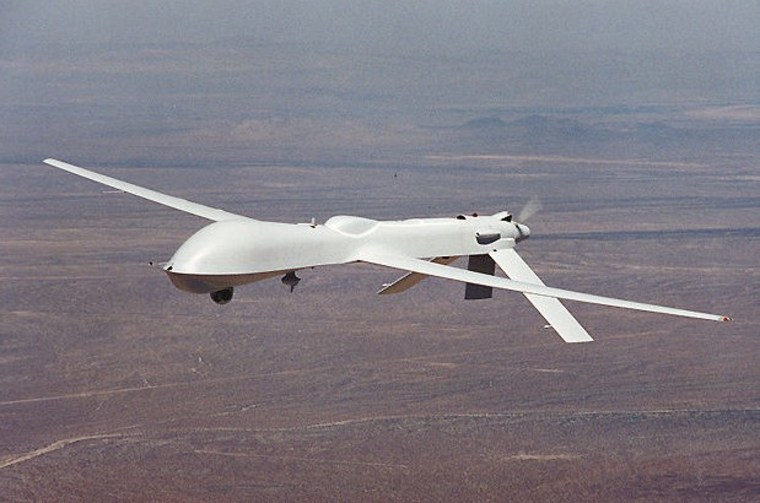The University of North Dakota is offering the world's first bachelor's degree for pilots who will never leave the ground.
These pilots are not afraid of flying. There is just less of a need to be airborne with the rapid growth of so-called unmanned aerial vehicles, or UAVs.
"College students like to be employable when they graduate," said Jeffrey Kappenman, director of the school's Unmanned Aircraft Center. "This market is a growing market."
A shift in military strategies is behind the explosive growth of UAVs, bolstering an industry which, by some estimates, will blossom to about $20 billion over the next decade.
"The intelligence requirements today are much different than in the Cold War days where we were looking for Soviet armament columns," Kappenman told Discovery News. "The requirements for (combat) in Iran and Afghanistan are to have these UAVs flying non-stop to support our troops on the ground."
But just because there is no one aboard UAVs doesn't mean they don't need pilots.
"You're going to have to approach the missions the same way, with the same coordination as far as airspace, weather, weight and balance. You'll still be doing all the pilot activity. The only difference is that you won't physically be aboard the vehicle and take off from the ground," Kappenman said.
To help meet the demand for UAV operators and pilots, the University of North Dakota has set up a four-year undergraduate major and enrolled its first 12 students. There already is talk of a graduate program as well.
"Primarily the market is still military, but a lot of that is shifting over time. It's going to be a huge market going out into the future," Kappenman said.
Marion Blakey, head of the Aerospace Industries Association trade group, says the number of unmanned aircraft systems has jumped from a fleet of about 50 vehicles nine years ago to more than 2,400 in use today.
Civil and commercial UAV applications include monitoring hurricanes, flooding, tornadoes and other natural disasters, search and rescue, and eventually cargo delivery and other services.
One of the major issues facing UAV operators is how to integrate the systems into the airspace shared by passenger-carrying jets and other vehicles.
"There are test areas where they can operate, but it's a challenge for the manufacturers," AIA spokeswoman Alexis Allen told Discovery News.
The Federal Aviation Administration is working to integrate UAVs into the country's airspace, particularly as the agency transitions from radar-tracking systems in use today to the satellite-based Next Generation Air Transportation System under development.
